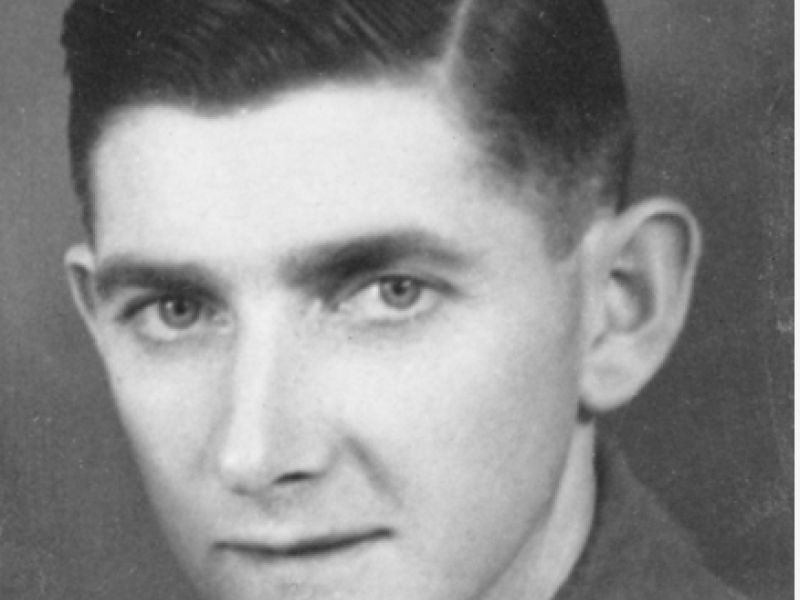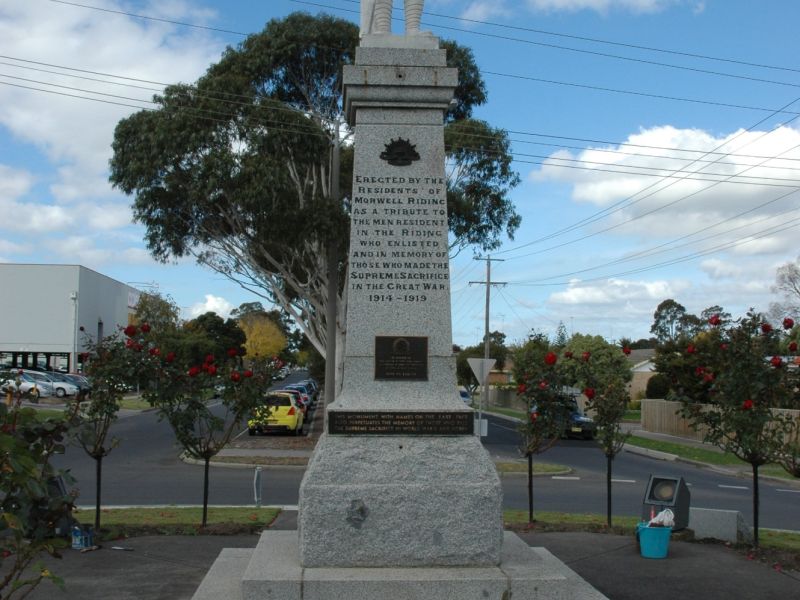Private William Thomas Doolan, 2/21st Battalion, AIF
William Doolan was born on 15 January 1913 in Werribee, Victoria, the eldest son of Thomas and Emily Doolan. In the 1920s, the family moved to Morwell in Gippsland, Victoria, and became well known within the community. William Doolan later returned to Melbourne, and lived in Hawthorn with his wife and two daughters.
Following the outbreak of the Second World War, Doolan enlisted in the Australian Imperial Force, on 11 July 1940. His younger brother, Martin, was already serving and would eventually become a German prisoner of war after being captured on Crete in May 1941.
Private William Doolan became a driver with the newly raised 2/21st Battalion, part of the Australian 8th Division. In March 1941, it began to move to Darwin.
If the Japanese made an aggressive move into the region, the 2/21st Battalion would be sent to Ambon to reinforce Dutch forces defending the island. Such a move, however, could only take place once Japanese intentions were known. Japan was still neutral, and the Australians would not move prematurely into the Netherlands East Indies for fear of provoking them.
The battalion spent nine months in Darwin. Soon after the Japanese attacked Pearl Harbor on 7 December 1941 the war in the Pacific began and Australian forces moved to Ambon.
Along with an anti-tank battery, a field ambulance, and other supporting troops, the 2/21st Battalion formed part of “Gull Force”. Even when combined with the Dutch troops, the force was modest, with limited rations and supplies, and minimal transport, air, and artillery support. When the Japanese invaded Ambon on 30 January 1942, the Australian and Dutch defenders were quickly overwhelmed.
Before dawn on 1 February, a small Australian reconnaissance patrol crept towards Japanese lines near the village of Kudamti. When the time came to withdraw, Doolan volunteered to provide cover. It was the last time he was seen alive.
As he ambushed three truckloads of Japanese soldiers, the retreating Australians first heard shooting, and then silence. Doolan’s bullet-riddled body was later found and buried.
He was 29 years old.
The Ambonese later picked up a popular tune from Australian prisoners of war, and turned it into the “Ballad of Driver Doolan”. One version reads:
From his tree, the Australian Doolan killed many men of Japan,
He did not run away or move back …
Then died by the bullets of the men of Japan
Calling his mother, father, wife and children,
But they did not hear him.
Fighting continued on Ambon until 3 February. In the days following the surrender, the Japanese executed some 300 Australian and Dutch soldiers around the airfield at Laha. The surviving members of Gull Force spent the rest of the war as prisoners of the Japanese. A small number, around 30, escaped Ambon and made their way back to Australia.
Dr Karl James, Historian, Military History Section
Image: Vx35406 Driver William Thomas Doolan, 2/21st Infantry Battalion, which formed part of Gull Force, garrisoning Ambon.

 Australian War Memorial
Australian War Memorial